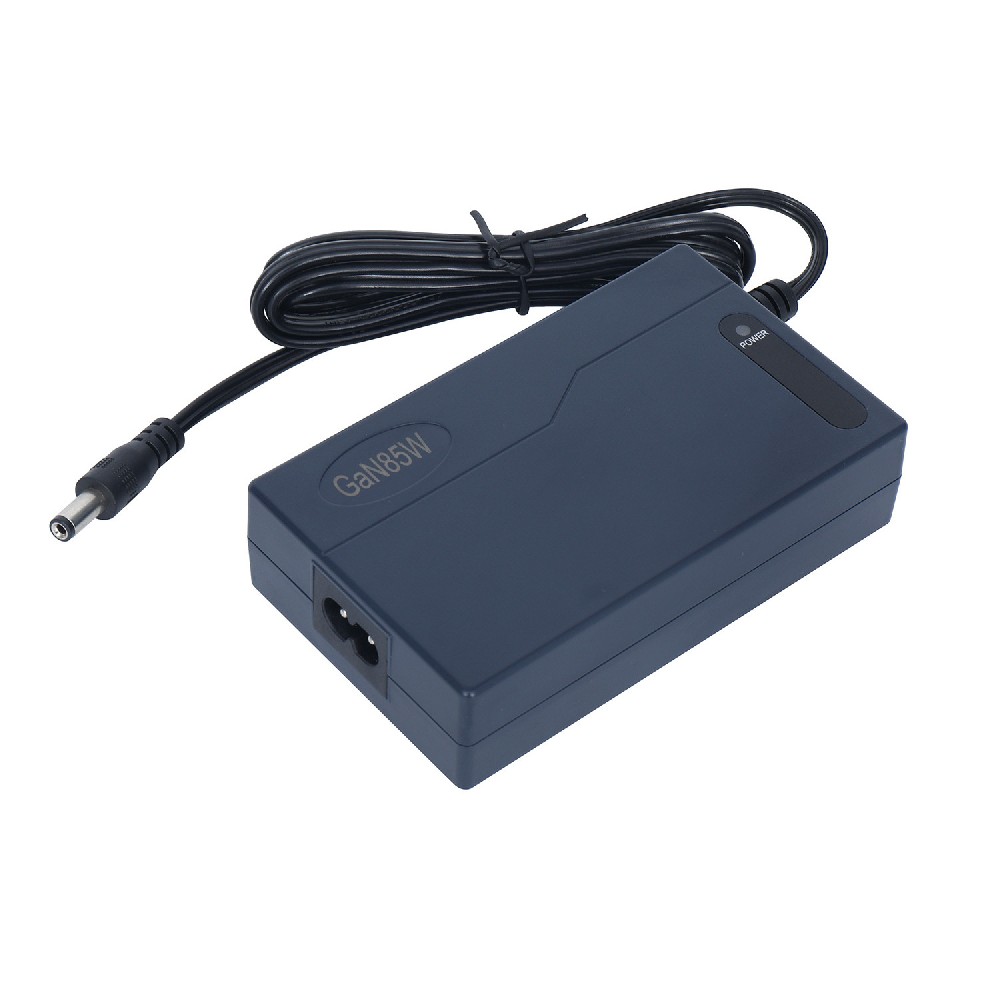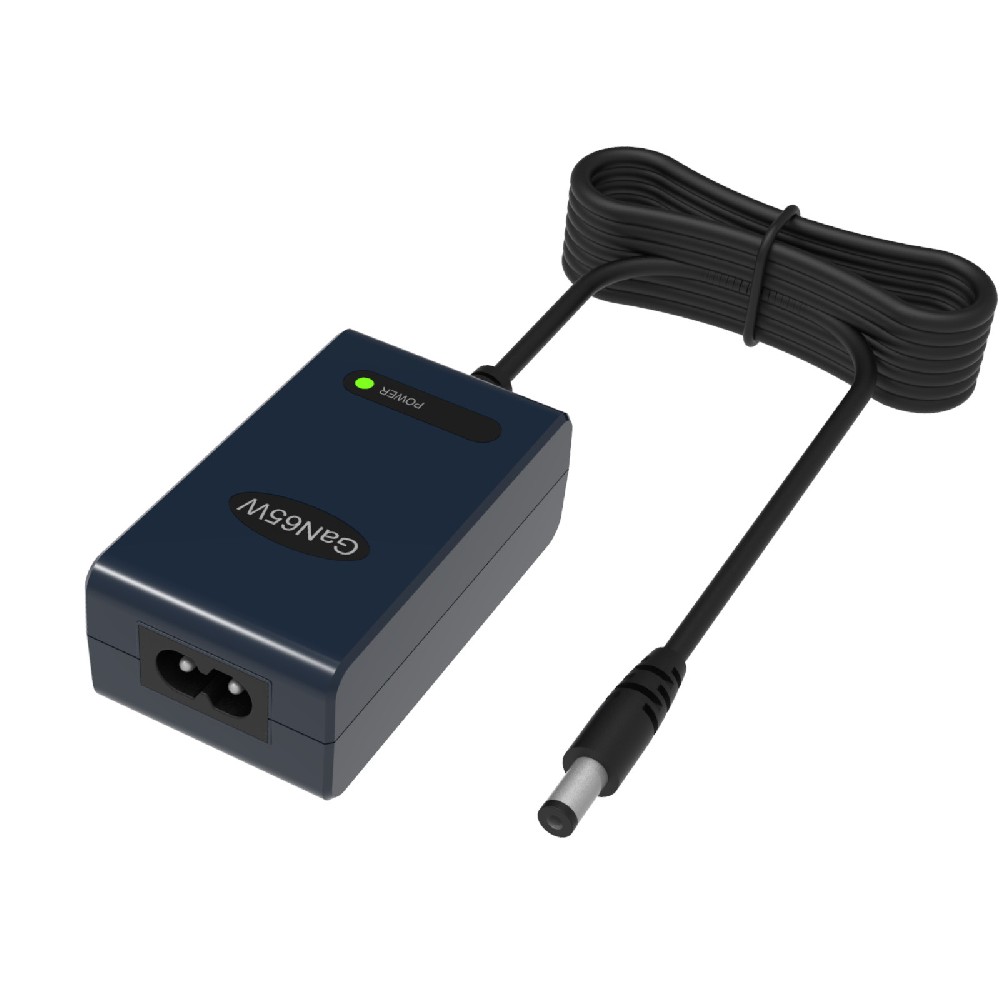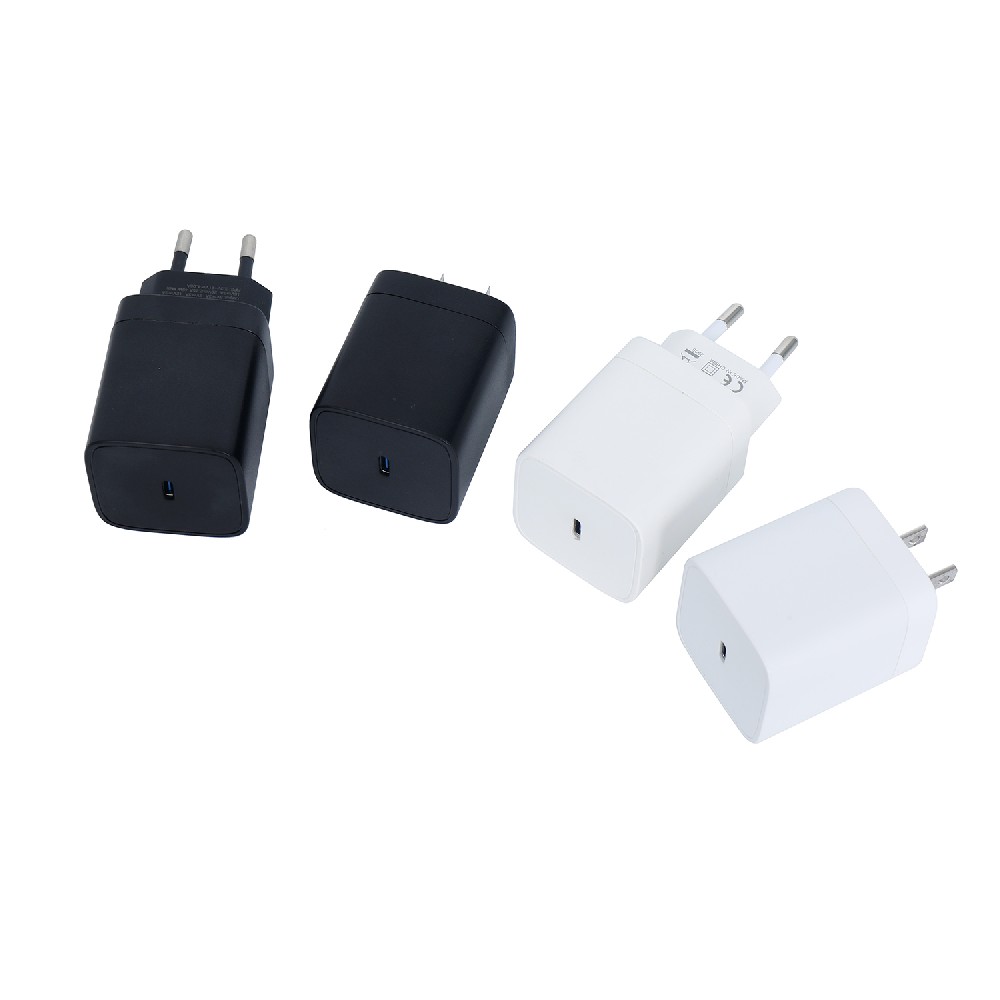Information Center
The Ultimate Guide to Battery Charger Circuits: Choosing the Right Charger for Longer Battery Life
Published:2023-07-16 00:33:55 Author:Green WCND Views:46A battery charger circuit is a device that converts AC (alternating current) to DC (direct current) to charge a battery. It is an electronic circuit that regulates the charging process to prevent overcharging, overheating, and damage to the battery.
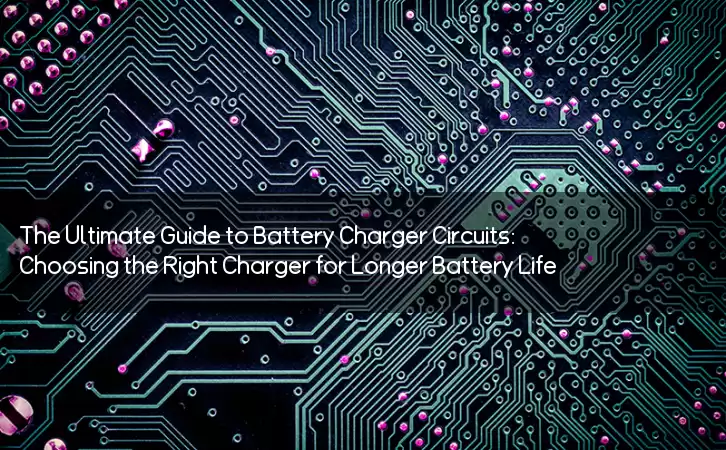
There are several types of battery chargers available in the market, including linear chargers, switch-mode chargers, and pulse chargers. Linear chargers are simple, low-cost, and limited to charging small batteries. Switch-mode chargers are more efficient, smaller, and lighter than linear chargers and can charge batteries of different sizes. Pulse chargers are fast, efficient, and can extend the life of batteries.
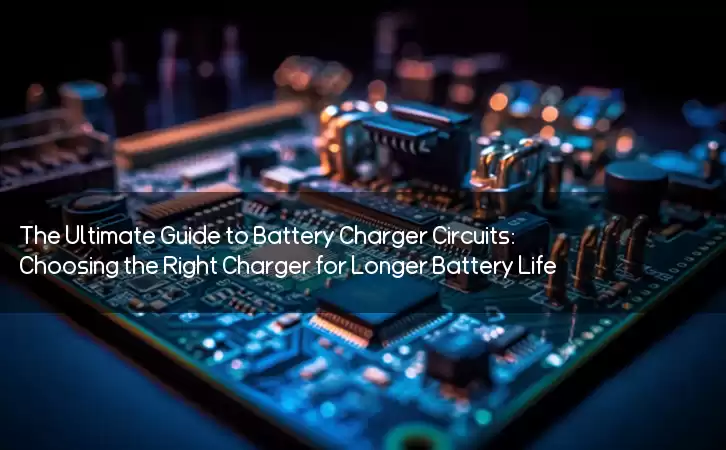
The basic components of a battery charger circuit include a transformer, rectifier, filter, regulator, and the battery. The transformer converts the AC voltage from the mains to the desired voltage level, while the rectifier converts AC to DC. The filter removes the AC ripple from the DC signal, and the regulator ensures that the battery is being charged at the right voltage and current.
The charging process of a battery charger circuit can be divided into three stages: constant current, constant voltage, and trickle charge. In the constant current stage, the charger supplies the battery with a constant current, regardless of the battery voltage. The constant voltage stage begins once the battery reaches a certain voltage level, and the charger switches to supplying a constant voltage. The trickle charge stage is a low current charge that occurs after the battery is fully charged to maintain its charge.
Safety is an important aspect of a battery charger circuit. Overcharging a battery can cause it to overheat, catch fire, or even explode. Most modern battery chargers have safety features such as automatic shut off, short circuit protection, and temperature sensing to prevent damage to the battery and the charger.
In summary, a battery charger circuit is an essential component in charging and maintaining the battery of various electronic devices. It is an electronic circuit that regulates the charging process to prevent damage to the battery and the charger. With the advancement of technology, modern battery charger circuits have become more efficient, smaller, and safer. Choosing the right battery charger can extend the life of the battery and keep your devices running smoothly.
Power Adapter Design and Customization Guide for Portable Electric KettlesI. Common Design Types for Portable Electric Kettle Power AdaptersPortable electric ke···
I. Common Design Types of Power Adapters External Independent Type (Most Common) Design: A standalone adapter (e.g., "black brick") connected to the p···
Handheld Vacuum Cleaner Power Adapter Selection GuideIntroductionHandheld vacuum cleaners have become a mainstream tool for household cleaning due to their port···
Drill Power Adapter Selection Guide.drill-container { font-family: Arial, sans-serif; line-height: 1.6; max-width: 800px; margin: 0 auto; padding: 20px; } .dril···
